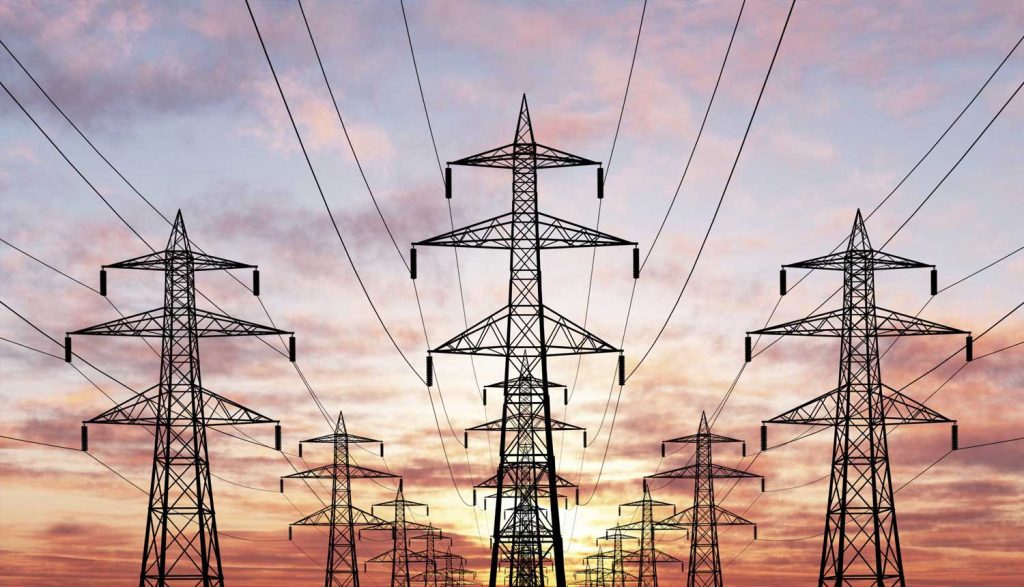Kolkata: Coal import for 10 per cent blending for the electricity plants to avoid blackouts will result in a rise in power tariff by 60-70 paise per unit, Union Minister RK Singh said here Thursday. This has to be done to avoid power shortage as domestic coal supply is unable to match the electricity companies’ demand for the dry fuel, RK Singh said.
Energy consumption has jumped about 25 per cent and peak demand has also risen by 15 per cent in the last one year, the Union Power Minister informed.
“We have asked power plants to blend 10 per cent imported coal to avoid blackout as domestic coal production is not enough. Imported coal costs Rs 17,000-18,000 per tonne while domestic coal price is about Rs 2,000 per tonne. Due to this, it will result in a tariff rise of about 60-70 paise per unit,” Singh stated.
State power regulators should promptly reflect this cost in tariffs, he said. RK Singh made the observations while speaking at the 75th foundation day of the Damodar Valley Corporation (DVC).
Singh, a former bureaucrat, said that India’s priority is to meet the growing power demand as energy is essential for growth. “We will produce power – be it from fossil fuel or non-fossil. However, we are pushing for renewable energy and have already achieved 41 per cent of the total installed capacity nine years ahead of the target of 2030. Currently, the total capacity is 4 lakh MW,” Singh informed.
Singh also laid a multi-fold growth roadmap for DVC, which includes new thermal capacity addition of 5,000-6,000 MW and renewable capacity equal to its total thermal generation. DVC’s total installed capacity from all sources is about 6,900 MW.
Speaking about coal imports, Singh said, it can be 20-25 million tonne this year for blending. The minister remained optimistic that peak electricity demand of over 2 lakh MW would continue in future due to the government’s huge transmission network that made India the world’s largest single frequency grid, delivering power to every village, and raising the average electricity supply from 12.5 hours to 22.5 hours a day.
All these have happened in the last 7-8 years, Singh pointed out.
